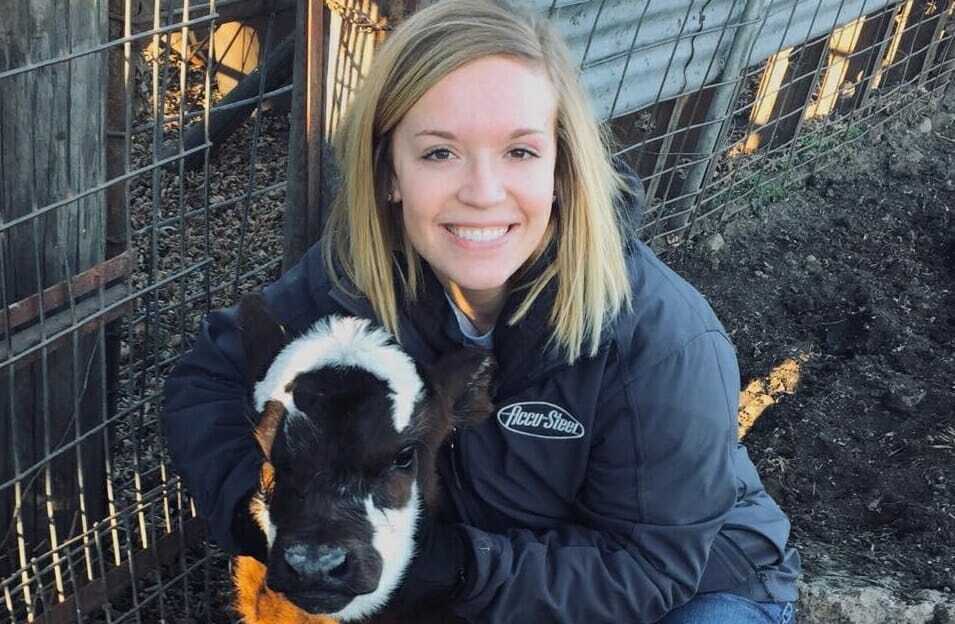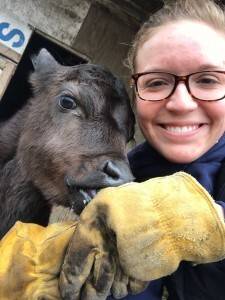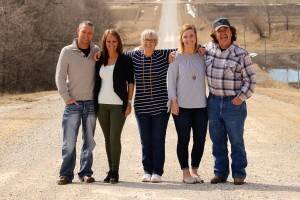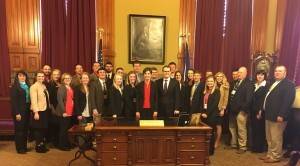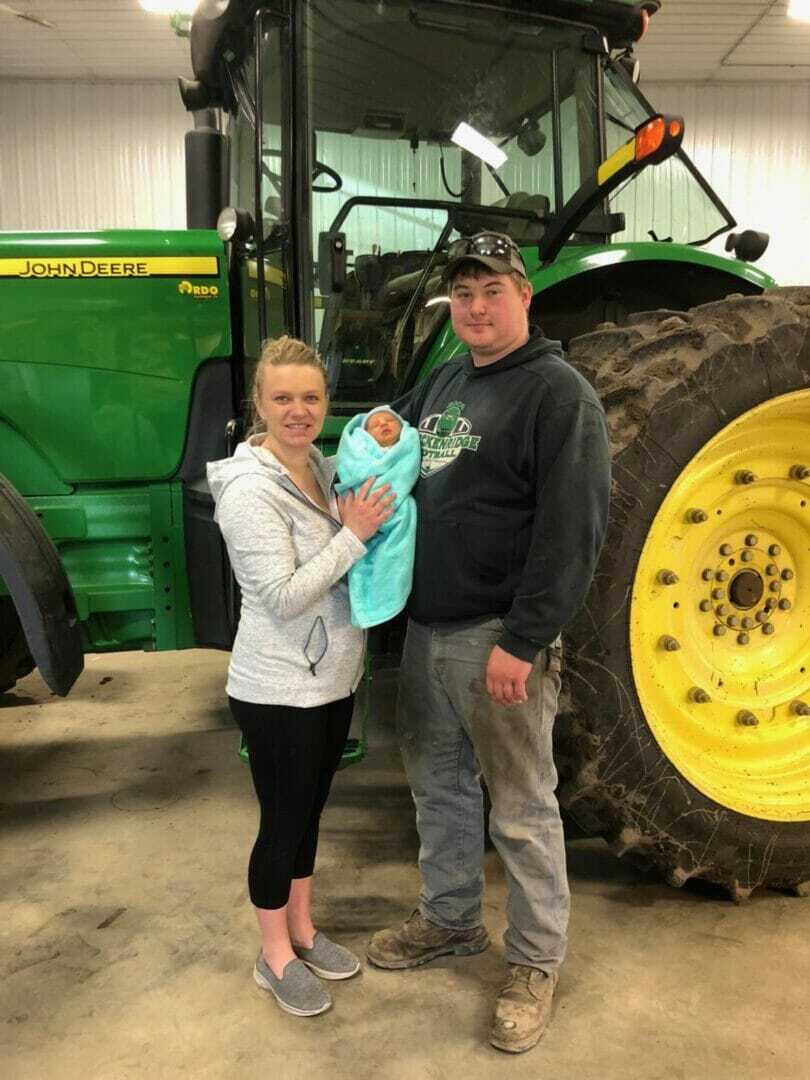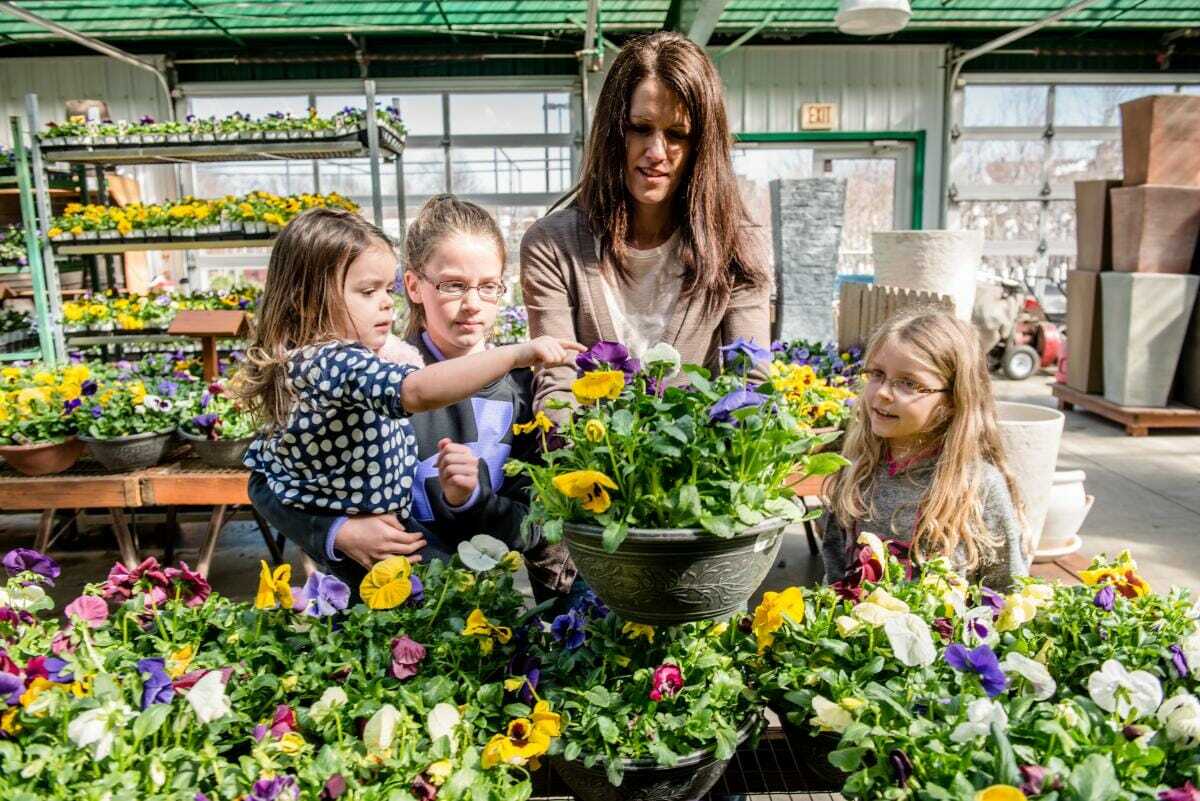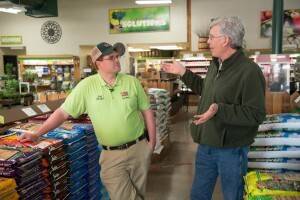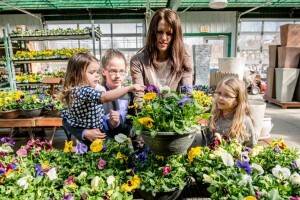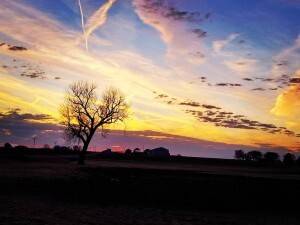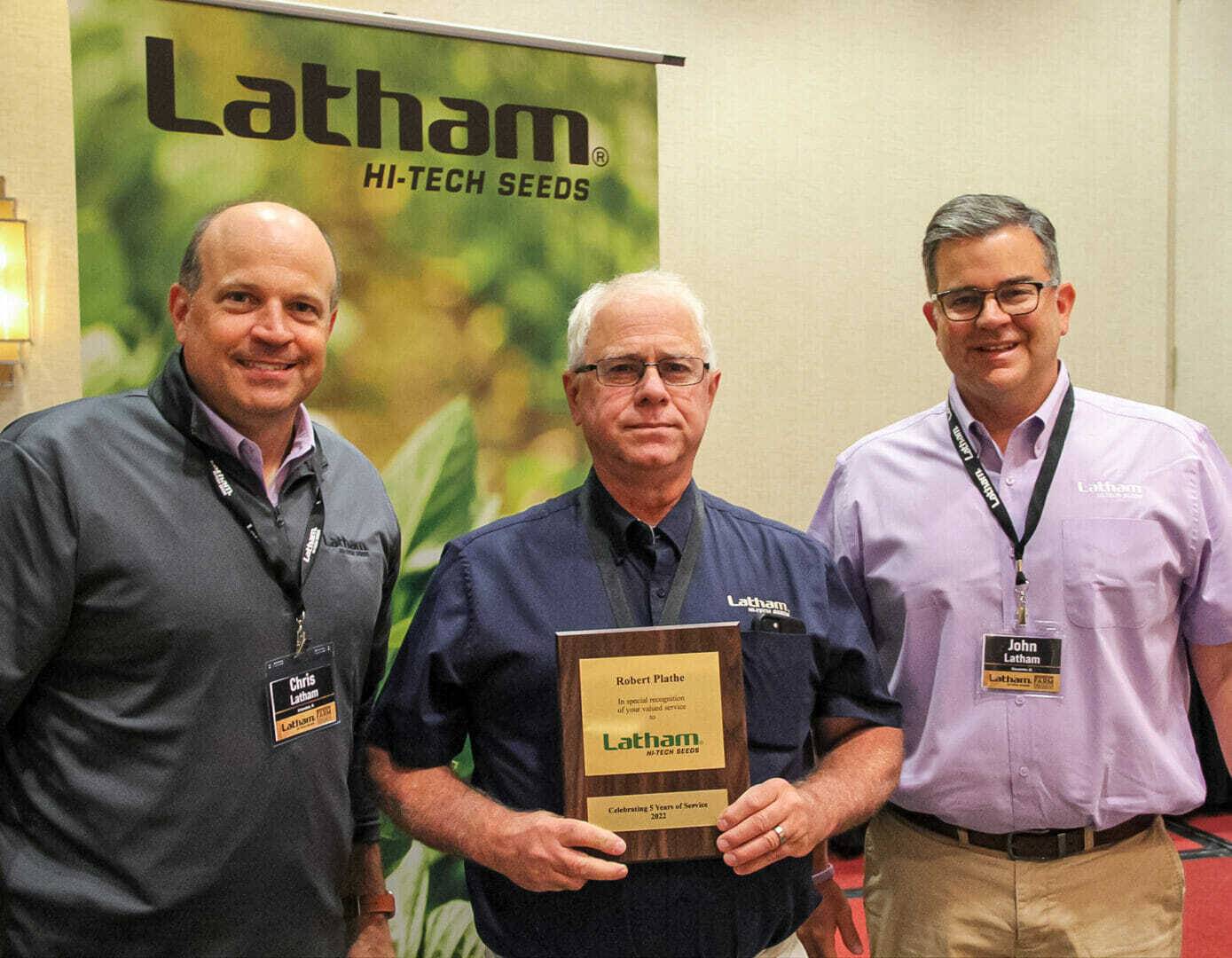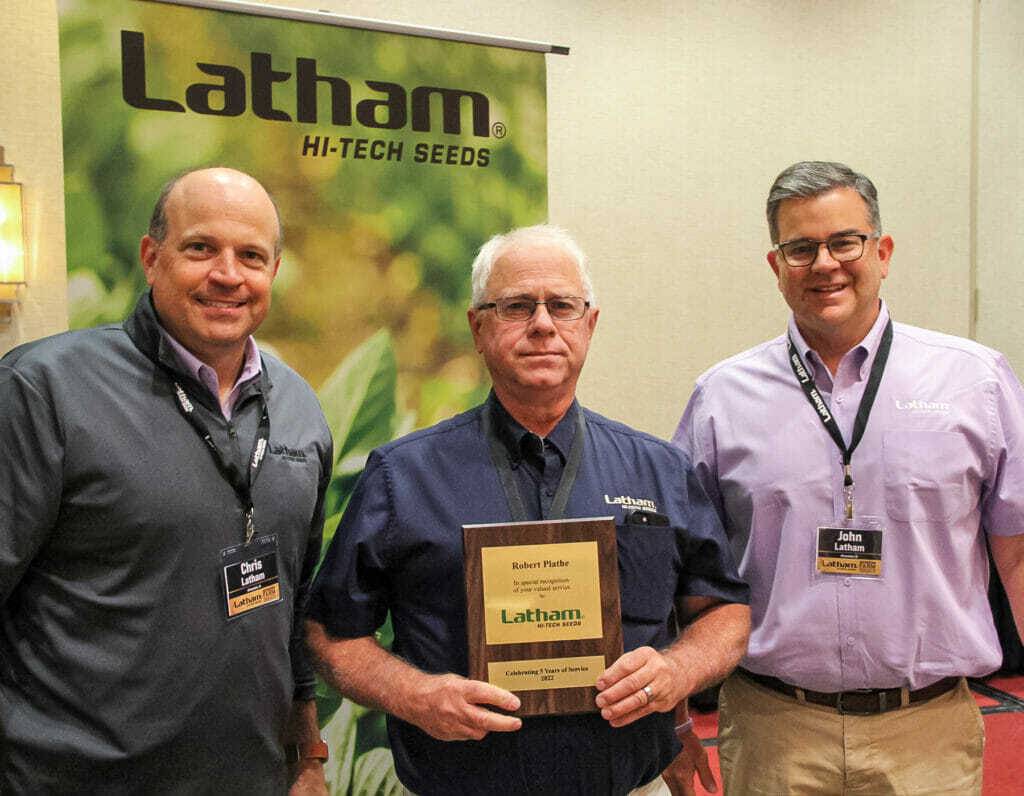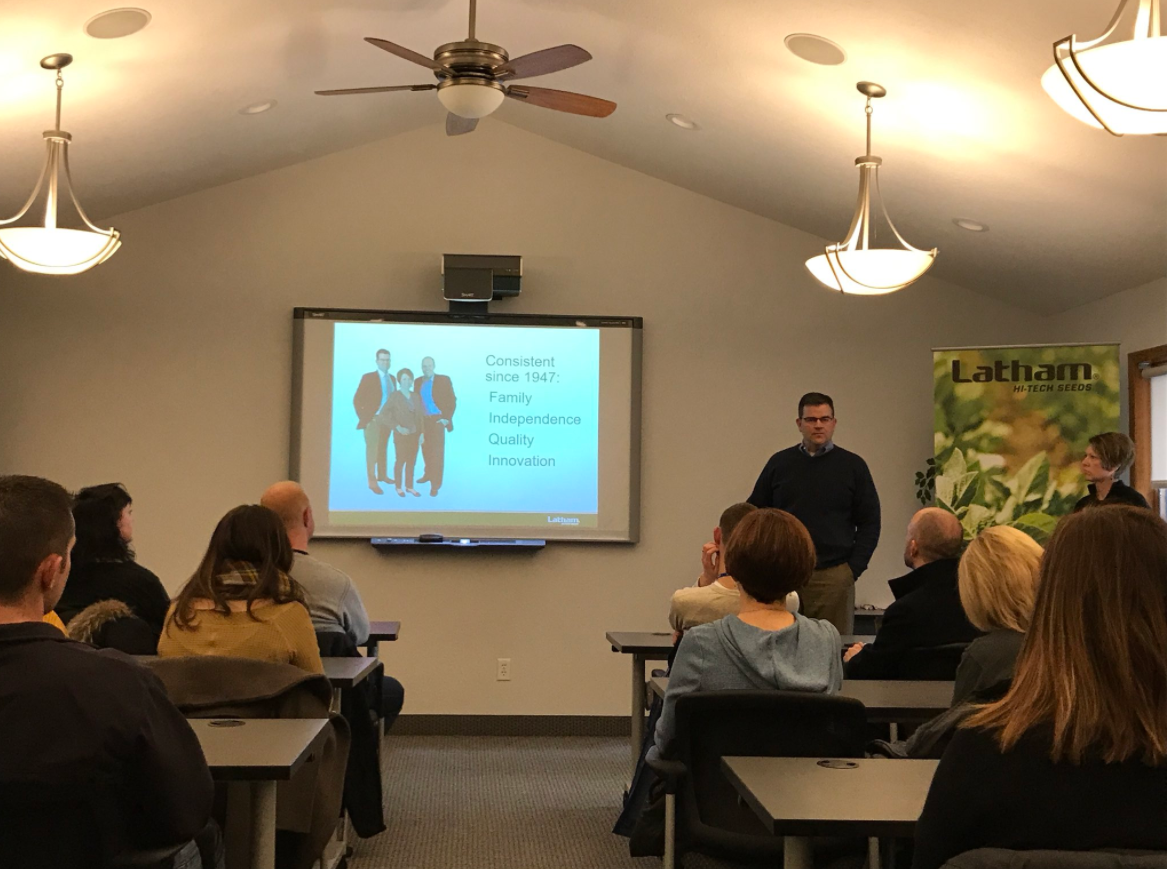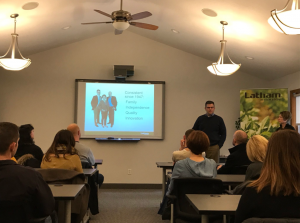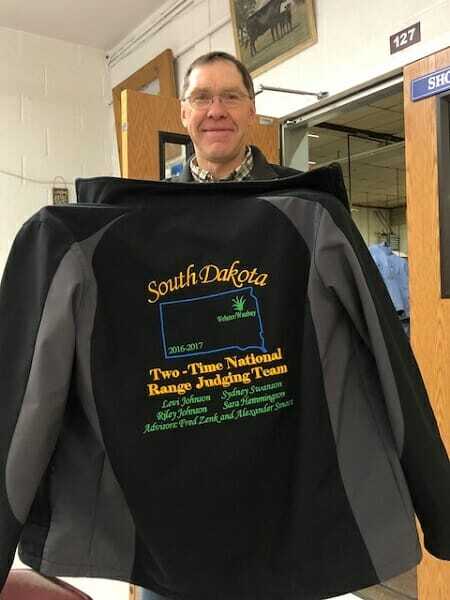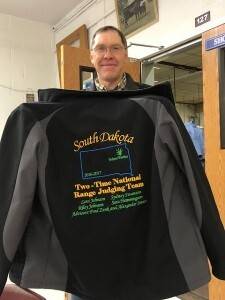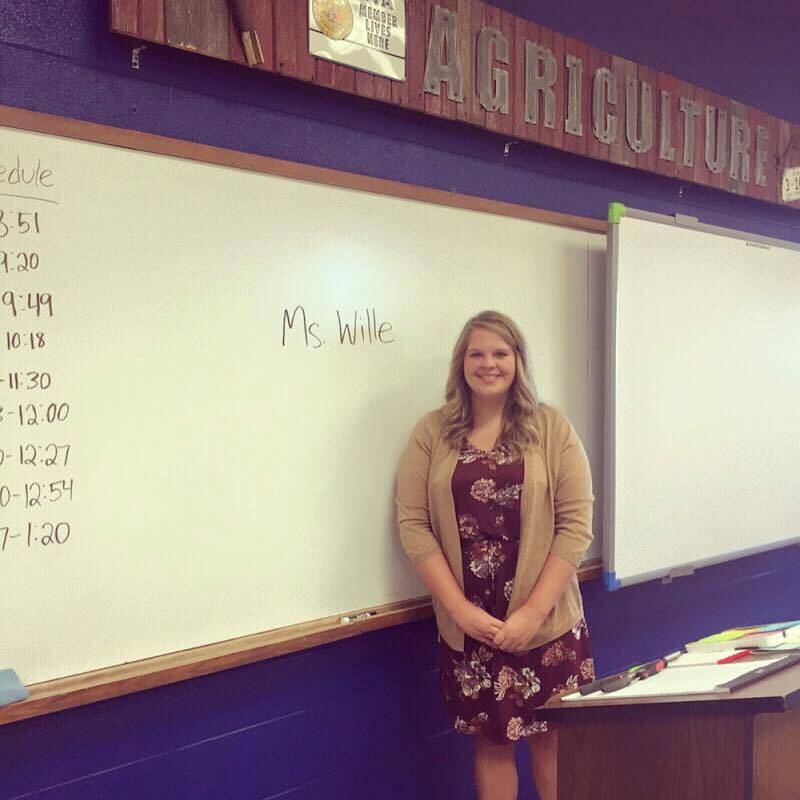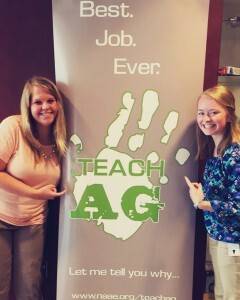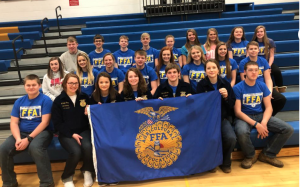 “BYOH” isn’t what one expects to see on an invitation to an annual Memorial Day weekend party, but then again, this isn’t your typical party.
“BYOH” isn’t what one expects to see on an invitation to an annual Memorial Day weekend party, but then again, this isn’t your typical party.
Cowboys from miles around will load horses into trailers and travel to Robb and Jennifer Ewoldt’s farm in the picturesque hills of Scott County near Davenport, Iowa, for the 20th annual branding weekend. The group varies from year to year, but Jennifer says there are about 20 friends and family members who show up year after year, plus a few new hands join in the fun. This year a businessman from Germany, as well as a Wyoming native who’s now working in the Davenport area, have expressed an interest in participating.
“We prefer to ride horses to work our cattle because it causes less stress on the cattle,” explains Robb, whose parents in 1970 bought 70 acres of a former Boy Scout camp and built a farmstead. Robb’s dad, Gary, worked off farm full-time, so Robb and his mom, Sally, were primarily responsible for tending to the crops and livestock. He grew up riding horses out to the cow pastures.
Now Robb, Jennifer and their two sons enjoy riding their own horses across the rolling countryside. They moved onto the farm last November when Robb’s parents moved to town. It’s a family effort to take care of the 125 cow-calf pairs. Eleven-year-old Alex and 9-year-old Isaac enjoy riding out to the pasture to check on cattle and throw out salt blocks. Alex is a second-year member of the Bluegrass Junior Farmers 4-H Club and is looking forward to showing his first Bucket Calf this summer at the Mississippi Valley Fair.
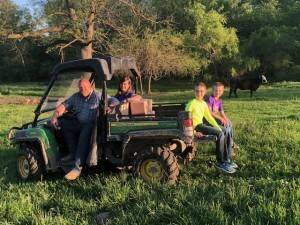 In addition to raising cattle, Robb’s family has a 2,400 wean-to-finish hog enterprise. Robb no-tills about 1,000 acres of corn and soybeans plus custom harvests another 1,000 acres. Jennifer works full-time off the farm as a veterinarian at Scott County Animal Hospital. Plus, every two weeks she makes time to write a column in the Quad City Times. She gives readers a “behind-the-scenes” look at what’s happening year-round on their Iowa farm.
In addition to raising cattle, Robb’s family has a 2,400 wean-to-finish hog enterprise. Robb no-tills about 1,000 acres of corn and soybeans plus custom harvests another 1,000 acres. Jennifer works full-time off the farm as a veterinarian at Scott County Animal Hospital. Plus, every two weeks she makes time to write a column in the Quad City Times. She gives readers a “behind-the-scenes” look at what’s happening year-round on their Iowa farm.
“One night at the supper table I was expressing my frustration to Robb about another negative article I had read about farming. I told him there are so many good stories about farming that never get told. He responded by asking me why I wasn’t telling them,” says Jennifer, who was honored as an Iowa Master Farm Homemaker in 2014. “I thought Robb made a good point, so I drafted a few sample stories and sent them to the City Editor. To my surprise, the newspaper editor was very open to my ideas. I’ve been a regular column for since 2009.”
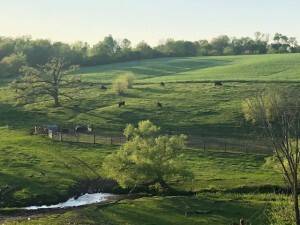 One reason Jennifer’s columns are so relatable to consumers is mostly likely due to the fact she didn’t grow up on a farm. A native of Prince Edward Island in Canada, she learned to ride at the stables and that’s also where she developed an interest in becoming a large animal vet. Jennifer graduated from veterinary school at the University of Prince Edward Island in Canada. She then did a one-year internship at Iowa State University, where she met Robb, and went on to complete a three-year surgical residency in veterinary surgery at The Ohio State University.
One reason Jennifer’s columns are so relatable to consumers is mostly likely due to the fact she didn’t grow up on a farm. A native of Prince Edward Island in Canada, she learned to ride at the stables and that’s also where she developed an interest in becoming a large animal vet. Jennifer graduated from veterinary school at the University of Prince Edward Island in Canada. She then did a one-year internship at Iowa State University, where she met Robb, and went on to complete a three-year surgical residency in veterinary surgery at The Ohio State University.
Jennifer and Robb are a team in the farming operation. She drives equipment when needed and serves as the farm’s veterinarian. She tags and treats the cattle, does pregnancy checks and gives vaccinations. During each roundup she’s responsible for giving calves the shots they need and does the castrations.
In fact, all the wranglers have the process down. It’s a like a team roping event you might watch at the county fair where one cowboy ropes the head and another the heels. Then the crew jumps into action. One person holds the head and a front leg; another person controls the back legs. Injections are given, and an ear is tagged. Males are castrated, and each animal gets branded with the Rafter E.
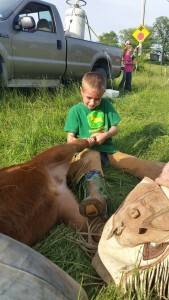 “We use freeze branding, so the iron brand is placed in liquid nitrogen. The cold changes the color pigment of the hair from black to white, so the cold brand is more visible on a black calf than a hot brand would be,” explains Robb.
“We use freeze branding, so the iron brand is placed in liquid nitrogen. The cold changes the color pigment of the hair from black to white, so the cold brand is more visible on a black calf than a hot brand would be,” explains Robb.
Why go through the work of branding? “It’s so much fun,” answer Robb and Jennifer in unison with smiles on their faces. As the old saying goes, many hands make short work. Once the work is done, the Ewoldts and their hands will enjoy kicking back around the campfire and telling tales while enjoying some delicious homegrown beef.
Robb says his favorite meal is a grilled ribeye with a side of grilled onions. Robb likes to cook the onions low and slow for about an hour, so he puts those on the grill first. Simply quarter two Vidalia onions; place minced garlic and a ½ pound of butter in the center. Wrap them in foil. While the onions are grilling, Robb seasons the ¾-inch thick steaks with McCormick’s meat tenderizer and garlic salt to taste. He works them over with a hand-held meat tenderizer and then seasons the other side.
Click here for grilling tips from the Iowa Beef Industry Council.

